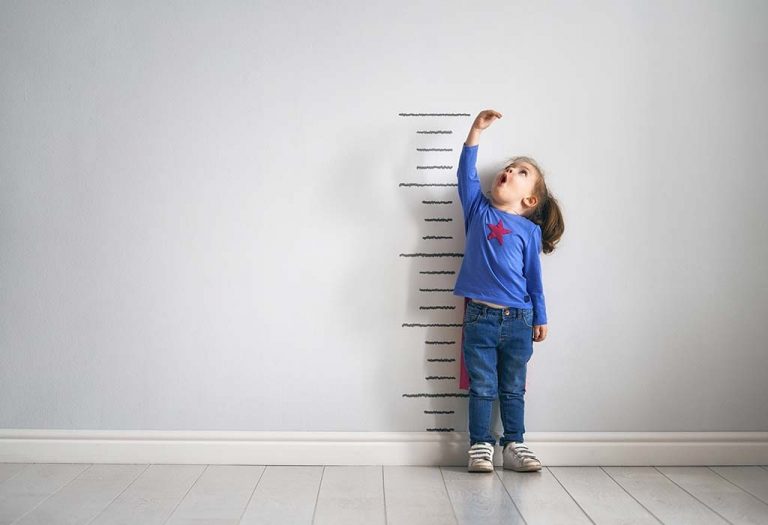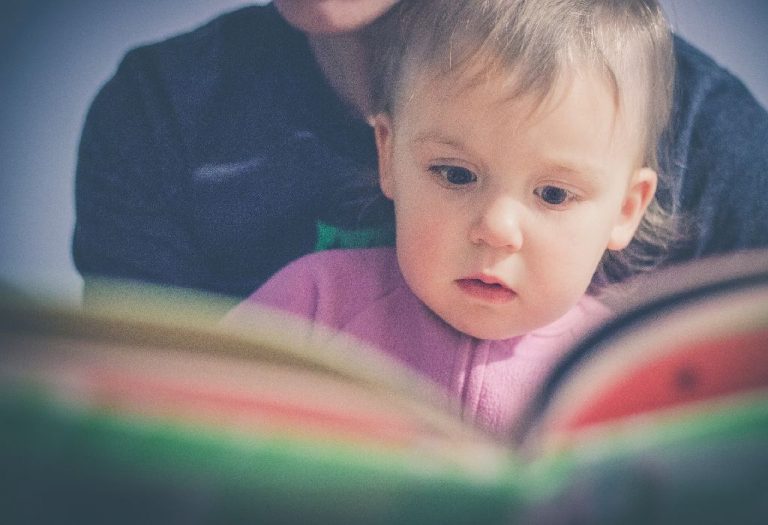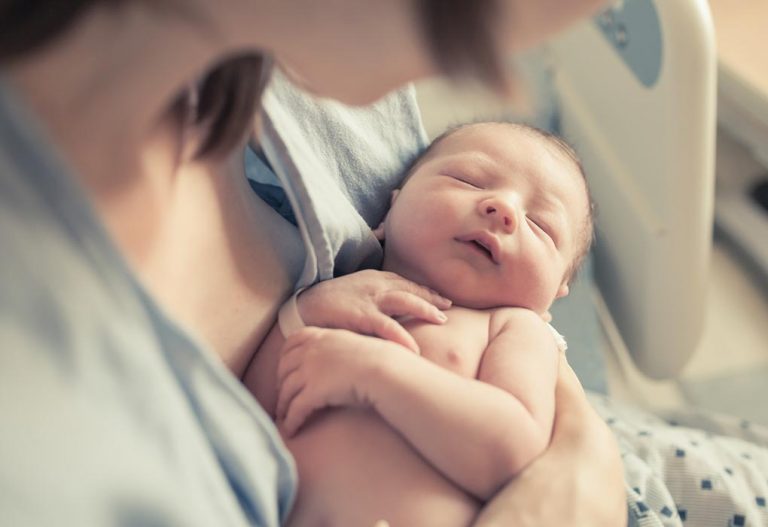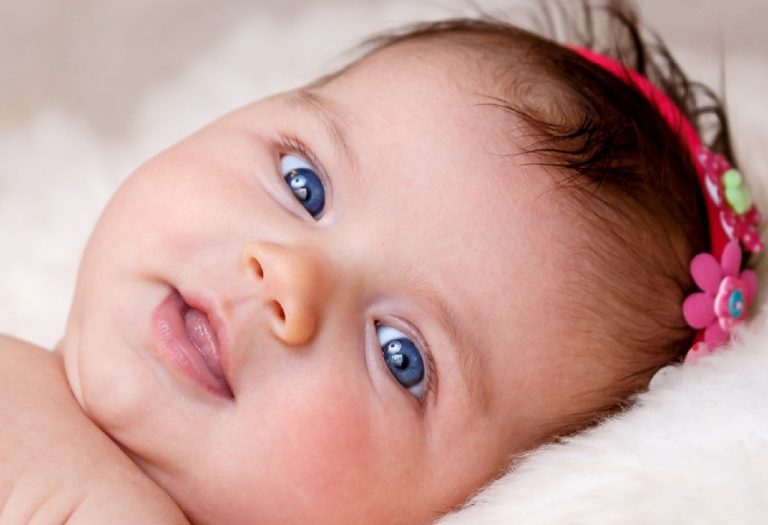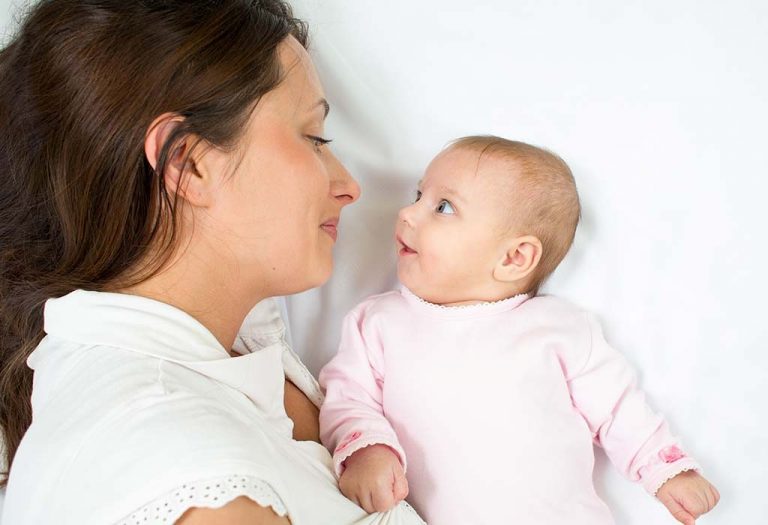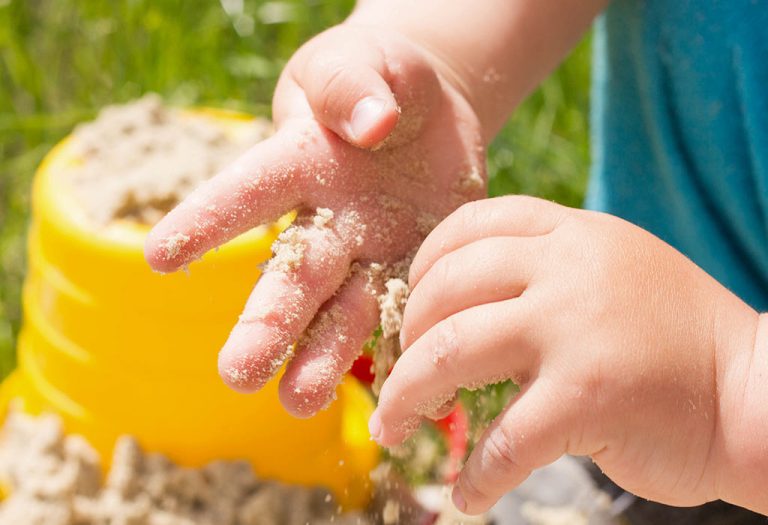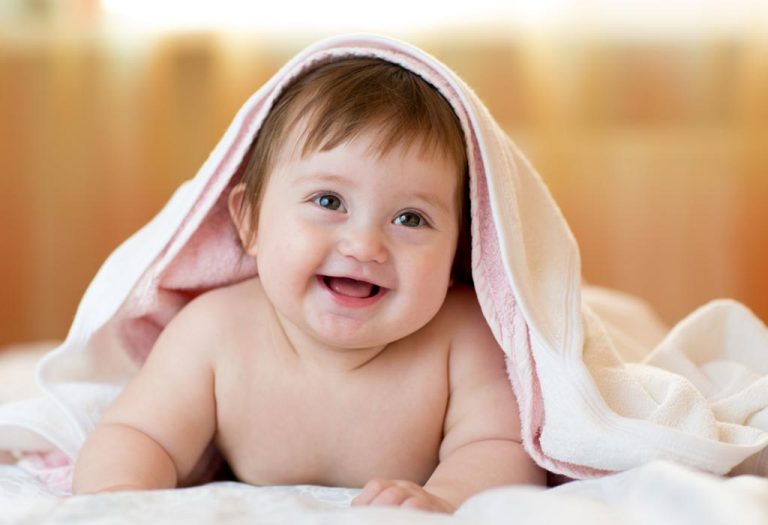Physical Development in Infancy (From Birth to 12 Months)
Babies grow up fast. It might seem like yesterday that your little one was a fragile bundle of joy that fit snugly in your arms, and now, she’s big, walking around and responding to your voice. This rapid transformation highlights the incredible journey of physical development at infancy. During this stage, babies achieve key milestones such as holding their heads up, sitting unassisted, crawling, and eventually taking their first steps. Each milestone is vital in building strength, coordination, and motor skills. As your baby gets older, she goes through a series of physical developments that are crucial markers for a baby’s overall growth and development. Embracing and supporting these changes is an essential part of nurturing your baby’s health and well-being.
What Is Physical Development in Infancy?
Physical development in infancy refers to the rapid changes and growth that occur in a baby’s body during the first year of life. This infant stage of development involves the development of motor skills, muscle strength, and coordination, enabling babies to perform physical activities like rolling over, sitting up, crawling, and eventually walking. It also includes significant growth in height, weight, and sensory abilities such as vision and hearing. These milestones are crucial as they lay the foundation for further physical and cognitive development in the later stages of life.
Why Proper Physical Development Is Important for Infants
Proper physical development is essential for infants as it forms the foundation for their overall health and future growth. It enables babies to gain strength, coordination, and mobility, which are necessary for exploring their surroundings and learning new skills. Healthy physical development of infants also supports cognitive growth by encouraging sensory exploration and problem-solving. Additionally, achieving developmental milestones on time helps identify potential health issues early, allowing for timely interventions. Ensuring proper physical development promotes confidence, independence, and overall well-being as infants transition to childhood.
At What Pace Do Babies Grow?
You’ll see significant changes in your baby in the first 12 months of her life. Babies grow at a surprisingly fast rate and change from being helpless to being able to communicate and move around. In the first year, your baby will experience rapid physical growth and development of motor skills, vision, hearing and communication. Your baby’s doctor will measure and track the growth and mark it against a standard growth chart.
Physical Growth
Not all healthy full-term babies are born in the same size, but you can expect your baby to nearly double her weight by 5 months, and triple it by the time she is one-year-old. In the first six months, she will grow about 1.5 to 2.5 cm, and put on weight at the rate of 140 to 200 g a week. Between 6 to 12 months, she will grow about 1 cm and put on about 85 to 140 g every week. However, it is important to bear in mind that all babies grow at their own pace; they experience periods of growth spurts and fluctuations in how fast they gain weight.
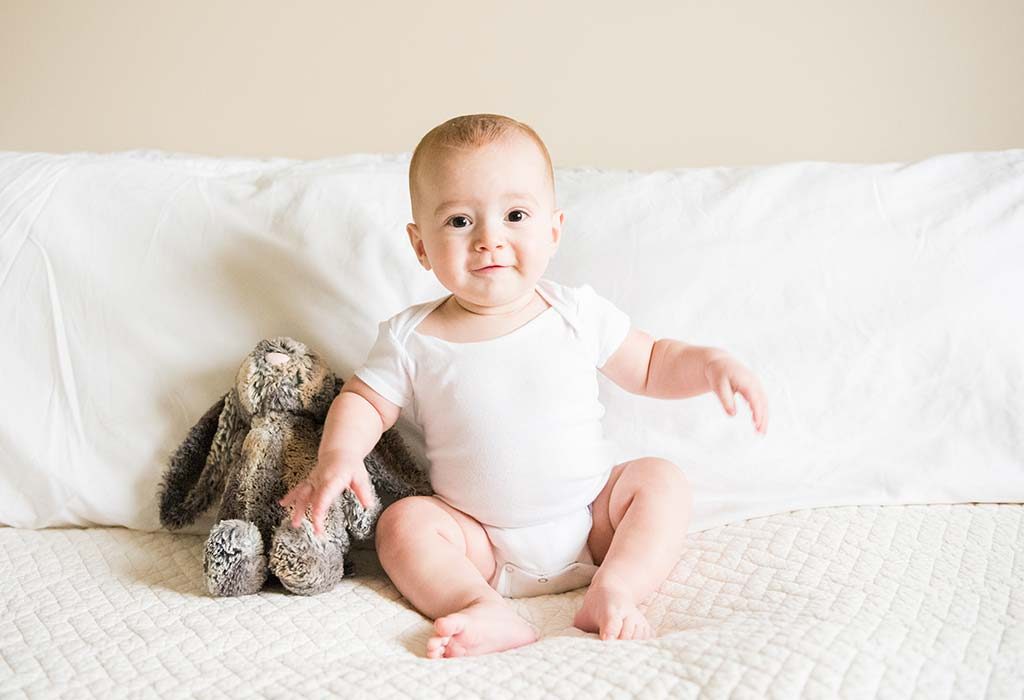
Motor Development
Although babies develop at different rates, the sequence of development remains the same. For example, they learn how to sit and crawl before they learn how to walk. Some babies reach developmental milestones such as sitting and walking earlier than others. Development also occurs from the top down – they learn how to control the movement of their head while strengthening their neck muscles as they do so. Hand coordination follows, which enables them to grasp and pull their bodies forward before they learn how to crawl. Once they begin to have better control of their lower body, they learn how to use their hands and knees to crawl. These developments all lead to finer motor control which enables them to walk eventually.
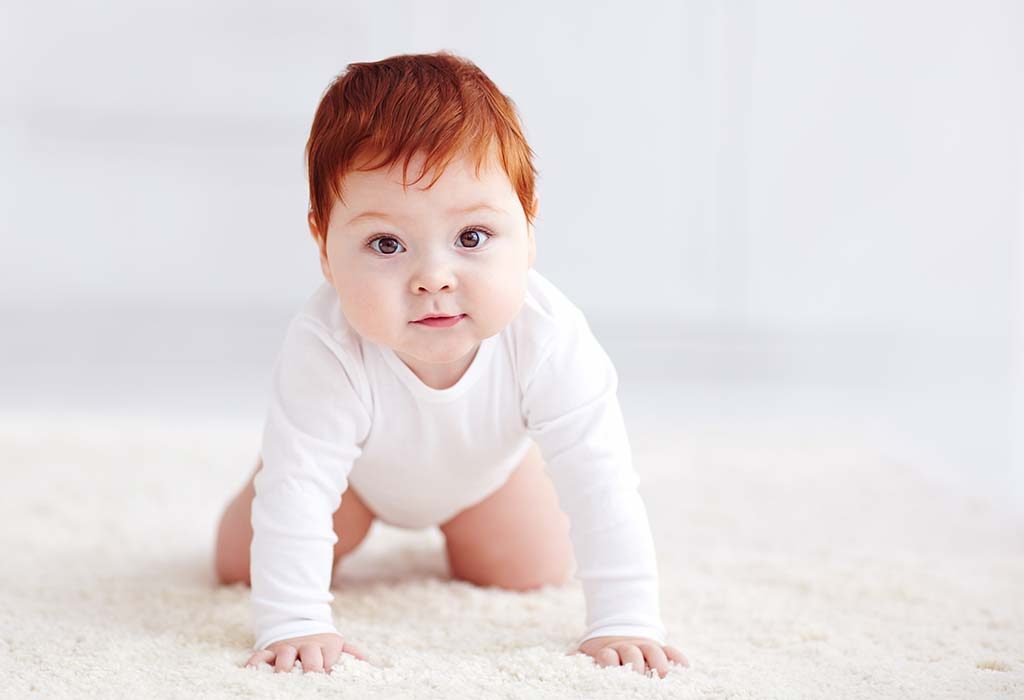
The maturity of their central nervous systems helps in their physical development. Babies are born with primitive reflexes such as the grasping and walking reflex. The reflexes have to be lost if they are to learn controlled movement of their limbs. You’ll notice that your baby’s walking reflex disappears by the end of the first month and the grasping reflex disappears around two to three months of age. While they kick and move their arms randomly earlier, as they mature, they learn to coordinate these movements as a response.
Vision, Hearing and Communication
Development of eyesight, hearing and communication skills is what you can expect as part of physical development during infancy. Newborn babies can only see things that are within 25 cm in front of them, while an 8-month-old baby has vision that’s almost as good as an adult’s. Their hearing gets fine-tuned as they grow, and they develop the ability to respond to specific sounds and different people. Their ability to communicate also improves during their first year.
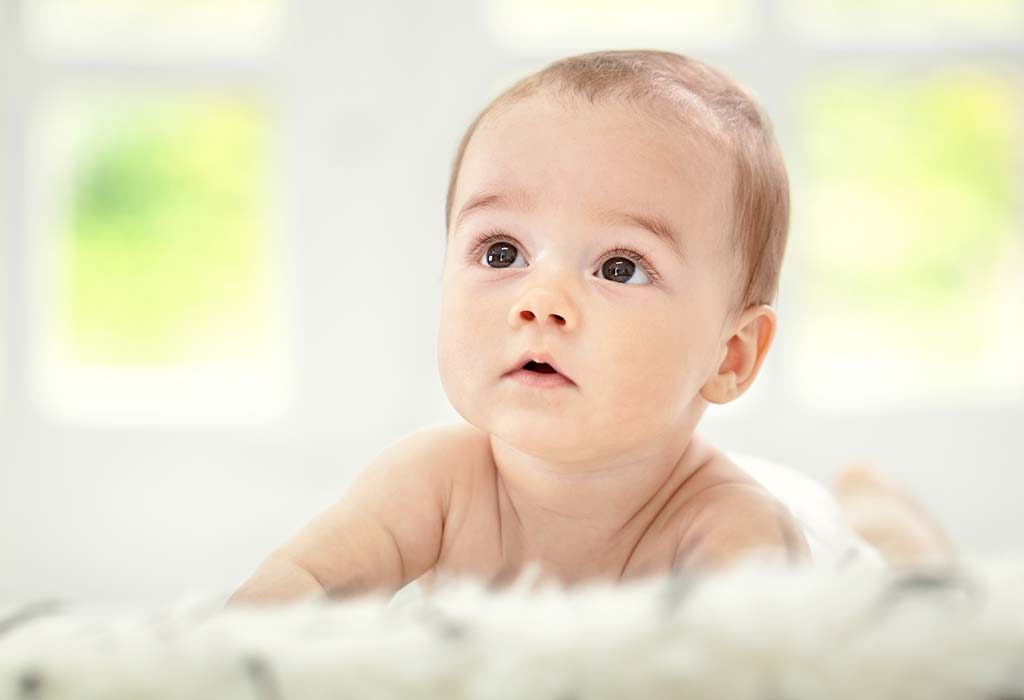
Physical Development in Infants from Birth to 1 Year
Given below is a list of developmental milestones you can expect in your baby regarding her physical growth and motor skills. Keep in mind, however, that your baby may reach them earlier or a little later, so do not be too concerned if she deviates from other children.
0-3 Months
Here’s what to expect out of your newborn:
1. Developmental Milestones
- Her reflexes allow her to turn her head and suckle when you touch her cheeks
- Flex her arms and legs, and extend fingers
- Physical development of your one-month-old baby lets her follow a moving light briefly
- Between 4-8 weeks, she can lift her head when she is placed on her tummy
- She can recognise your voice and get startled at noises
- By 6 weeks, her eyes can move together to see most of the time
- She will kick enthusiastically by 2 months
- By 3 months, she will be able to watch and follow a moving face
2. Signs of Developmental Problems
- If she seems unusually stiff or floppy, and the head control appears particularly developed
- You notice a difference in muscle tone between one side of her body to the other
- Your baby always holds fingers in a tight fist
- Difficulty with feeding which does not improve over time
- Your baby cries for longer periods of time and is exceptionally hard to settle
- She rarely cries, sleeps well consistently and is unusually good or mild-tempered
3. Tips to Encourage Development
- Give your baby plenty of tummy time. It will help strengthen her upper body muscles and muscles that control the head and neck.
- Let her have some nappy-free-time, preferably outdoors, under the shade of a tree. Babies like to wave and kick their legs around, unrestricted by nappies.
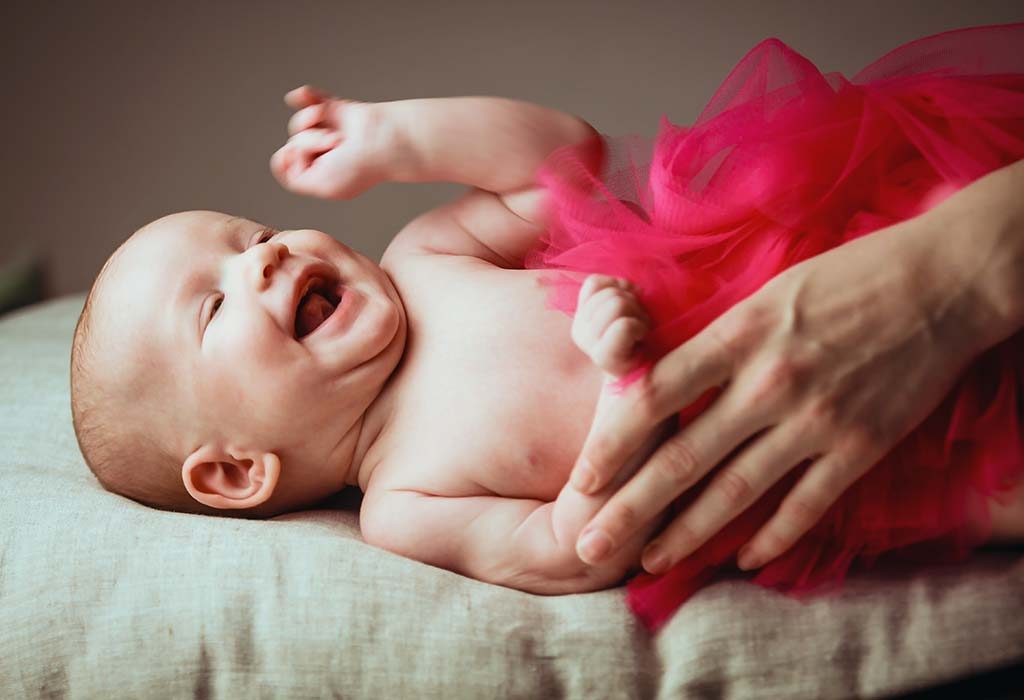
3-6 Months
Here are more things you can expect as your baby gets older:
1. Developmental Milestones
- By 3 months, she can look at her own hands and play with her fingers
- In between 3-4 months she will be able to grasp a light object
- By 4 months, she will be able to lift her head and chest while placed on her tummy
- She will be able to roll over between 4 and 6 months
- Some start chewing, which is a marker of a 5-month-old baby’s development
- She can make and hold eye contact
- She will enjoy looking at bright lights or brightly coloured objects
2. Signs of Developmental Problem
- The muscles seem tight and have uneven tone throughout the body
- Her fingers don’t extend spontaneously
- Her arms and legs remain still most of the time
- Her eyes don’t follow faces or objects
- She is hard to feed and struggles to settle down
- Weight gain occurs at an unacceptable rate
- She has a disinterest in her surroundings
3. Tips to Encourage Development
- Give her more tummy time than before; babies enjoy it.
- To encourage motor and sensory skills, offer her a soft rattling toy. It helps babies build their grasping skills and learn to associate its movement with the sound of the rattle.
- While on her tummy, put objects within her reach so she can learn to extend her arm out and grab. It builds a baby’s hand to eye coordination and strengthens muscles associated with the movement.
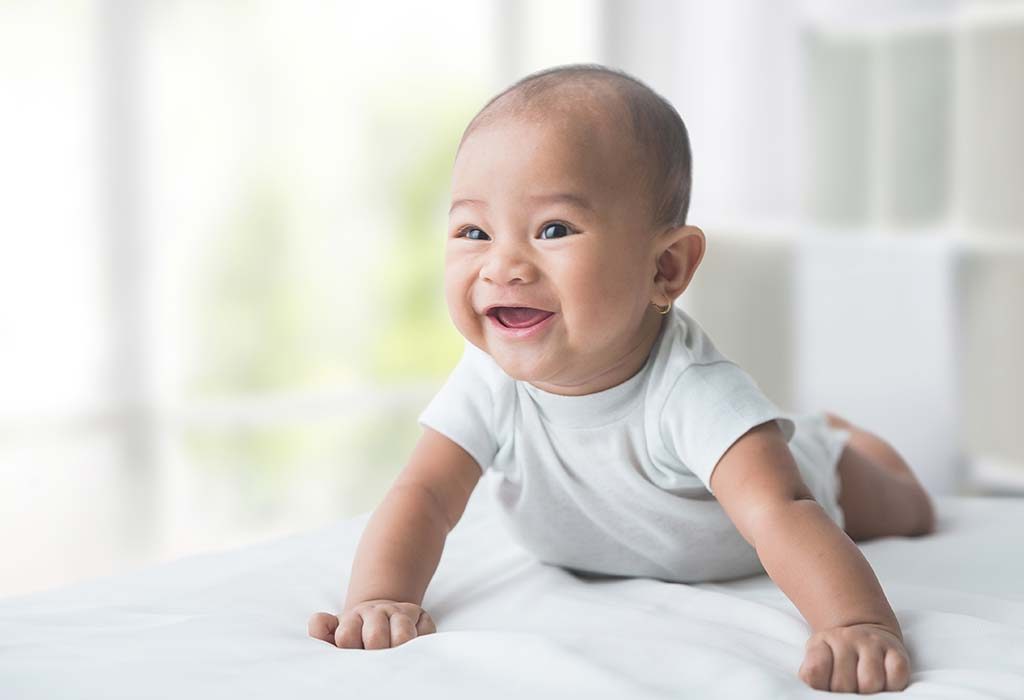
6-9 Months
By now, your baby is more responsive and in control of her actions. You know what to expect of her behaviour and what she like and doesn’t like. Here are more development signs to look out for:
1. Developmental Milestones
- By six months, she would be able to grasp objects and take it to her mouth
- Between 6-8 months, she can be taught to hold and drink from a cup with some help
- She would be able to hold a spoon by 7 months, but would not be able to use it purposefully
- Soft solid foods would be part of her diet by the time she is 7 months
- By 8 months, she will be able to sit without support
- By 9 months, she will be able to move around by crawling or rolling
2. Signs of Developmental Problems
- She is not able to sit without support by 9 months
- Her body is stiff and hinders her ability to stay in a seated position
- She is uninterested in toys and does not reach for them by 8 months
3. Tips to Encourage Development
- Spend more time playing on their floor with her. Sitting and crawling will help her muscles get stronger.
- During playtime, arrange toys around her in a way that they are just out of her reach, prompting her to crawl to the toys
- Let her play with food, even if it gets messy
- Let her play with a range of textured toys
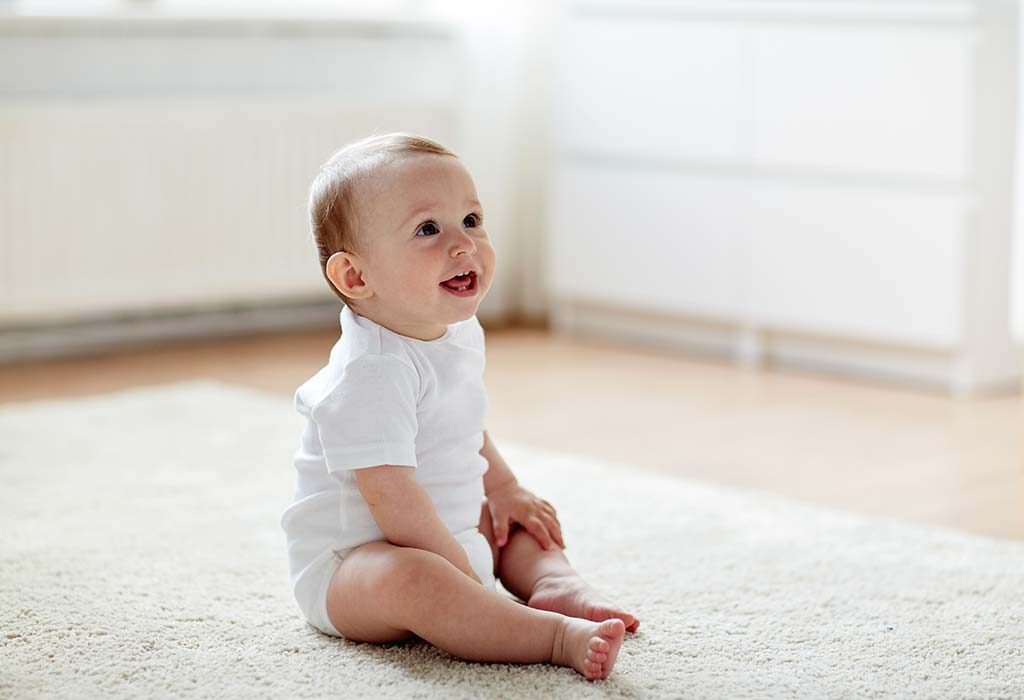
9-12 Months
You are probably surprised at how fast your baby has grown and acquired a personality. Here are more things you can expect as she continues to grow:
1. Developmental Milestones
- She would be able to move around by crawling or shuffling by 10 months
- She would be able to balance well while sitting and not topple over when reaching for a toy
- By 10-11 months, she would be able to pull up with support and stand
- By 10-12 months, she should be able to walk with the support of an adult
- By 12, she would be able to pick tiny objects using her thumb and forefinger
2. Signs of Developmental Problems
- She is not able to sit without support by 10 months
- She hasn’t developed ways of moving around on her own
3. Tips to Encourage Development
- Give your baby ample opportunities to move around on her own. Do not restrict her to strollers or the baby seat when she can sit on the floor. The more time she spends moving around, the more practice she will have to build skills.
- Give her more toys that move or roll. Balls are great as she will enjoy chasing after it.
- Set up a safe play area for her where she can move around unrestricted and safely.
- Let her have her own cupboard full of toys that she can pull out and put back in. She would also enjoy opening and closing the door.
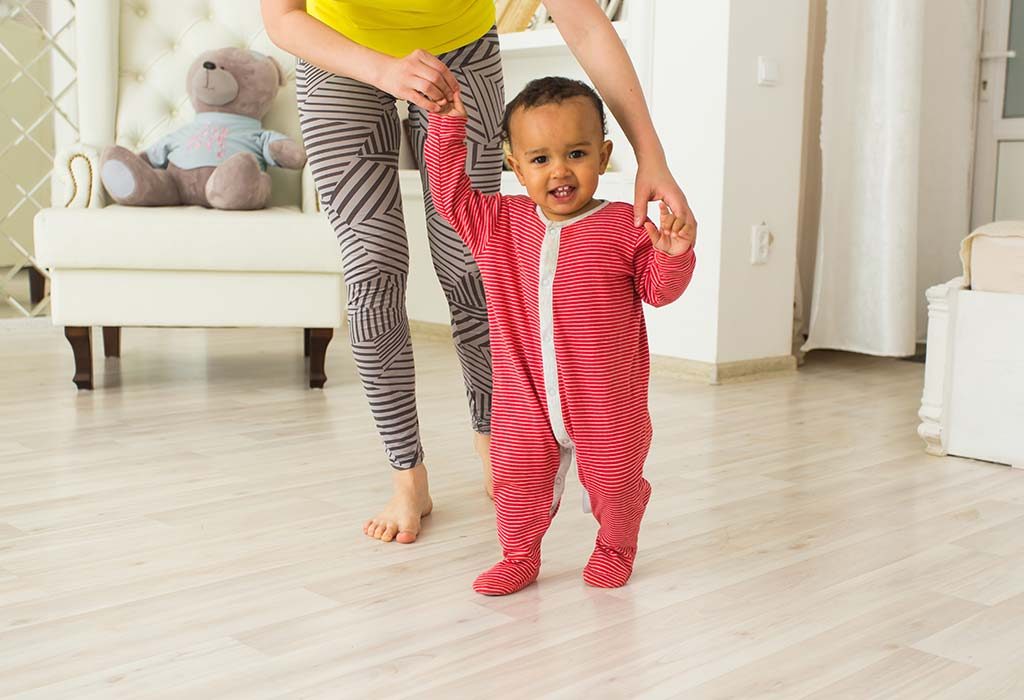
FAQs
1. Can the overuse of baby bouncers delay physical development?
Excessive time spent in baby bouncers or seats can limit an infant’s ability to explore movement and develop essential motor skills. This can delay physical milestones in infancy, like crawling or walking, as babies may not have the opportunity to practice muscle control in different positions.
2. How do environmental factors like air quality affect physical development?
Poor air quality or exposure to pollutants can negatively impact an infant’s physical development, particularly respiratory health and overall growth. Infants are more susceptible to environmental stressors, which can potentially delay motor and cognitive milestones by affecting their general health and energy levels.
3. Does physical activity impact the development of the immune system in infants?
Physical activity, such as tummy time, not only helps with motor skill development but also strengthens an infant’s immune system. By engaging in physical movements, babies enhance blood circulation and support immune function, helping them fight off infections more effectively.
4. How does the microbiome affect an infant’s physical development?
An infant’s gut microbiome plays a crucial role in physical development. The bacteria in the gut influence nutrient absorption, immune function, and even muscle development. Disruptions in the microbiome, such as from antibiotics or poor diet, can delay milestones and affect overall physical growth.
This was all about development in infancy and toddlerhood. Although not all babies reach these milestones in precisely the same time frame, their sequence of development remains the same. If you feel your baby is a late bloomer, be patient and continue encouraging her development.
References/Resources:
1. CDC’s Developmental Milestones; CDC; https://www.cdc.gov/ncbddd/actearly/milestones/index.html
2. The Importance of Early Intervention for Infants and Toddlers with Disabilities and their Families; NECTAC; https://files.eric.ed.gov/fulltext/ED522123.pdf
3. Misirliyan. S, Boehning. A, Shah. M; Development Milestones; National Library of Medicine; https://www.ncbi.nlm.nih.gov/books/NBK557518/
4. Developmental Milestones; Children’s Hospital of Philadelphia; https://www.chop.edu/primary-care/developmental-milestones
5. Your baby’s developmental milestones at 9 months; UNICEF; https://www.unicef.org/parenting/child-development/your-babys-developmental-milestones-9-months
6. Adolph. K, Franchak. J; The development of motor behavior; National Library of Medicine; https://pmc.ncbi.nlm.nih.gov/articles/PMC5182199/; December 2016
7. 4 Ways to Encourage Motor Development in Baby’s First Year; Nationwide Children’s Hospital; https://www.nationwidechildrens.org/family-resources-education/700childrens/2020/07/4-ways-to-encourage-motor-development-in-babys-first-year
Also Read:
Emotional Development in Infants
Major Stages of Child Development
Understanding and Encouraging a Baby’s Development
Was This Article Helpful?
Parenting is a huge responsibility, for you as a caregiver, but also for us as a parenting content platform. We understand that and take our responsibility of creating credible content seriously. FirstCry Parenting articles are written and published only after extensive research using factually sound references to deliver quality content that is accurate, validated by experts, and completely reliable. To understand how we go about creating content that is credible, read our editorial policy here.





